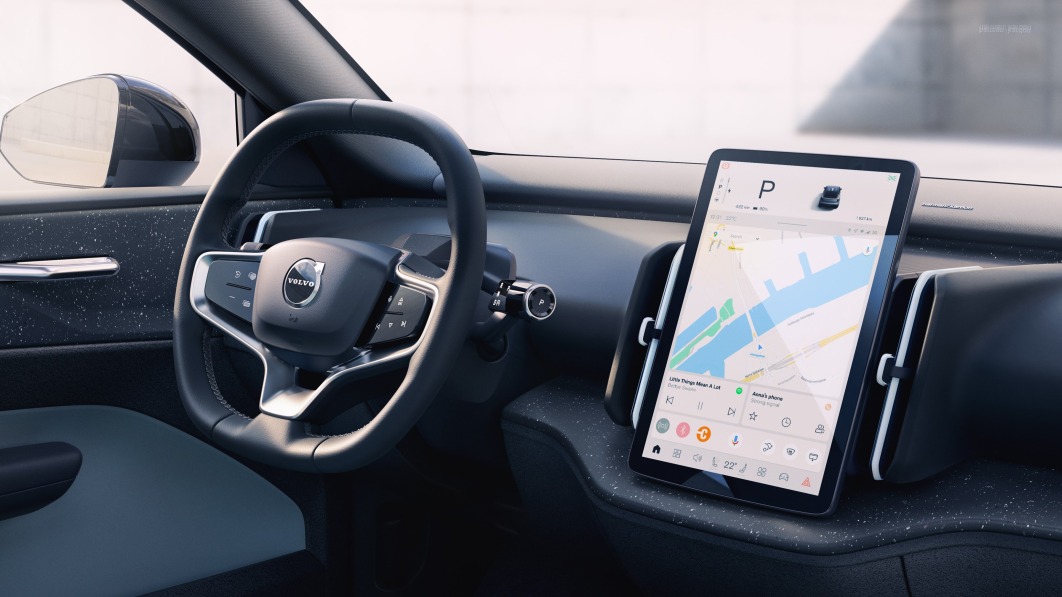The European Union is poised to escalate its trade tensions with China by imposing higher tariffs on electric vehicles manufactured in China starting July 4. In response, China appears ready to retaliate strategically.
Over the past six months, China has initiated anti-dumping investigations into European products such as pork and brandy. While Chinese officials have not explicitly linked these probes to the impending EV tariffs, trade analysts speculate that these products could be targeted in retaliatory tariffs against the EU. Such measures are seen as China’s efforts to counterbalance the impact of EU trade restrictions on its exports.
This trade dispute marks the latest chapter in a broader global confrontation over China’s export dominance in clean energy technologies, including solar panels and electric vehicles. While the United States has taken a more aggressive stance with higher tariffs, the EU’s approach has been more measured, aiming for preliminary tariffs capped at 48 percent rather than the 100 percent imposed by the US. This difference suggests that China sees an opportunity to negotiate with the EU to mitigate the impact on its market access.
Gregor Sebastian, a senior analyst at Rhodium Group, notes that China views the EU differently from the United States, hoping to resolve disputes through negotiation rather than confrontation. Talks between China and the EU began in late June, but with tariffs set to take effect on July 4, the likelihood of an immediate agreement appears slim.
China’s retaliatory strategy is expected to focus on products that can influence EU member states politically and economically without escalating tensions excessively. For instance, targeting French brandy, which represents a significant portion of China’s imports from France, could leverage political pressure within the EU against the tariffs.
In addition to brandy, China is eyeing agricultural products like pork, which is predominantly imported from Spain, the Netherlands, Denmark, and France. These moves are designed to provoke political responses from affected countries and industries, potentially fracturing a unified EU stance.
Looking ahead, if no resolution is reached, China may consider broader measures, such as limiting orders from European aircraft manufacturer Airbus. However, such actions carry risks of further complicating diplomatic relations.
Despite China’s retaliatory threats, experts believe economic coercion alone may not sway enough EU nations to oppose the tariffs collectively. The outcome could range from the imposition of countervailing duties to potential negotiated settlements involving tariff reductions or export quotas.
Ultimately, China’s approach to these trade tensions reflects its delicate balancing act of asserting leverage while avoiding further alienation of the EU, a critical trading partner. The results of these negotiations will have significant implications for China’s export strategies and its role in global clean energy markets.







